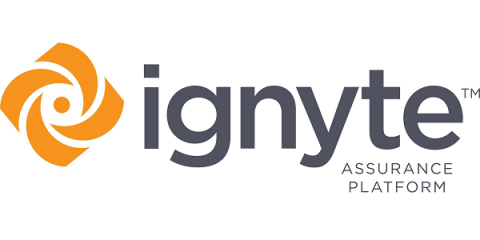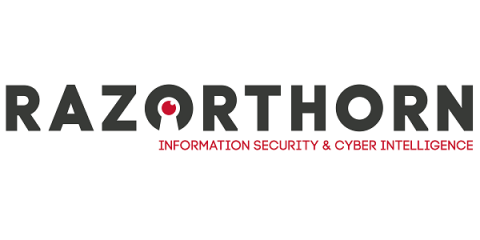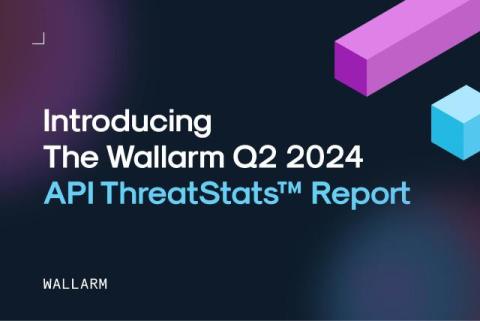How Simulation Software Reduces Costs in Civil Engineering Projects
Simulation software has become a game-changer in the field of civil engineering, particularly when it comes to reducing costs in construction projects. By leveraging advanced technologies, civil engineers can optimize designs, streamline processes, and significantly cut down on expenses. Here's how simulation software contributes to cost savings in civil engineering.











